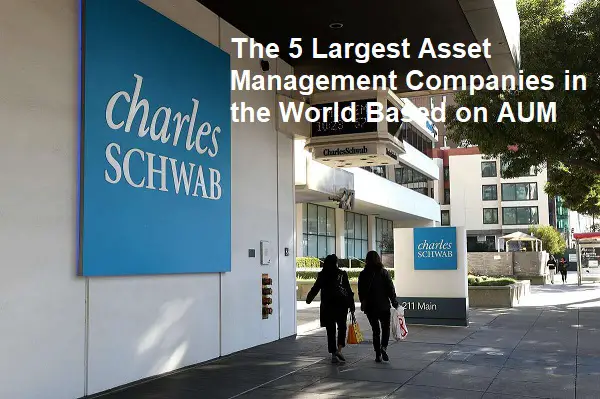The interest bearing debt to equity ratio is the ratio that shows how much interest-bearing debt the company holds compared to its equity. The higher this ratio, the higher the level of debt held by the company and the lower the level of equity.
This can be a problem if the company is unable to repay its debts, as this can reduce the company’s credit and increase the risk of bankruptcy. Therefore, it is important for companies to maintain a healthy interest-bearing debt to equity ratio by maintaining affordable debt levels and increasing equity through proper income and investment.
One way that companies can do to maintain a healthy interest-bearing debt to equity ratio is to manage their finances well. This includes managing finances carefully and ensuring that the company has sufficient funds to pay back its debts on time. Furthermore, companies can also increase equity by obtaining high income and making the right investment. This can help companies become stronger financially and better able to deal with risks that may arise.
However, it should be noted that maintaining a healthy interest-bearing debt to equity ratio depends not only on sound financial policies, but also on economic and market conditions that may affect a company’s ability to repay its debts. Therefore, companies must continue to monitor and manage risk carefully in order to maintain a healthy interest-bearing debt to equity ratio.
In addition to maintaining a healthy interest-bearing debt to equity ratio, companies can also diversify risks by managing their debts carefully. for example, a company may choose to use long-term debt as a source of financing rather than short-term debt, because long-term debt generally has a lower interest rate and is more manageable.
Furthermore, companies can also pay attention to their debt structure by choosing to use debt that has a fixed interest rate or that follows market interest rates, depending on current economic and market conditions. Thus, the company can minimize the risk of high interest rate changes and ensure that the ability to repay its debts is not affected by unexpected changes in interest rates. By managing debt carefully, companies can maintain a healthy interest bearing debt to equity ratio while reducing the risks that may arise from financing that is not well structured.
Interest Bearing Debt to Equity is a financial ratio used to measure a company’s ability to manage its debts. This ratio is calculated by dividing the company’s total interest-bearing debt by the company’s total equity. The higher this ratio, the higher the company’s debt level and the smaller the company’s ability to pay the debt. Therefore, this ratio is usually used as an indicator to measure a company’s financial risk.
How to Calculate Interest Bearing Debt to Equity?
The way to calculate the Interest Bearing Debt to Equity ratio is to divide the company’s total interest-bearing debt by the company’s total equity. The formula is as follows:
Interest bearing debt to equity ratio = Total interest bearing debt / Total equity
To calculate total interest-bearing debt, we need to add up all the interest-bearing debt the company has, including bank debt, bonds payable, and other debt. Meanwhile, to calculate total equity, we need to add up all the company’s equity, including share capital, share premium, and retained earnings accounts.
What is the Purpose of Interest Bearing Debt to Equity?
The purpose of Interest Bearing Debt to Equity is to measure the level of a company’s ability to manage its debts. This ratio shows how much interest-bearing debt a company has to its equity. The higher this ratio, the higher the company’s debt level and the smaller the company’s ability to pay the debt.
This ratio is usually used as an indicator to measure a company’s financial risk. Companies that have a high ratio of interest-bearing debt to equity can be more vulnerable to bankruptcy risk in the event of a financial crisis or a decline in financial performance. Conversely, a company that has a low ratio of interest-bearing debt to equity can be considered more stable and has a better ability to pay its debts.
In addition, this ratio can also be used by investors to assess the level of a company’s ability to manage its debts and measure investment risk. Investors are usually more comfortable investing in companies that have a low ratio of interest-bearing debt to equity, because these companies are considered to have a better ability to pay their debts and are more financially stable.
Assessing Interest Bearing Debt to Equity
There is no definite provision regarding the value of good and bad Interest Bearing Debt to Equity. However, the majority of investors will make the judgment that a healthy company is when it is able to record an Interest Bearing Debt to Equity value below 100%. Simply put, companies must reduce their interest-bearing debt to less than total equity. If the company has 100 equity, then the interest bearing debt, if possible, is below 100. Because PTBA’s Interest Bearing Debt to Equity value is at 9% or far below 100%, it can be said that its financial condition is very healthy, especially in 2021.
For example, a company has debt with interest, consisting of:
* Short term debt with 10% interest
* Long term debt with 5% interest
* Interest-free debt from individual investors
So, in calculating the interest-bearing debt to equity ratio, the only debt that is taken into account is short-term debt with 10% interest and long-term debt with only 5% interest. Yes, the word interest bearing is indeed a filter and a reminder that only debt with interest is calculated. But then again, as I mentioned before, there are almost never companies that get interest-free loans. Hence, the word interest bearing is more popular to be removed.
The value of the ratio of debt to equity of the company itself can be an indicator to assess the general condition of the company. In the eyes of an investor, a large debt-to-equity ratio shows that the company uses a lot of leverage in its business operations, and of course this will be a bigger profit potential for investors and the company. But of course there must be another analysis that accompanies this, for example, the condition of the company’s cash flow. Companies that have a lot of debt must be ensured to have healthy cash flow to minimize the possibility of default in the future.









